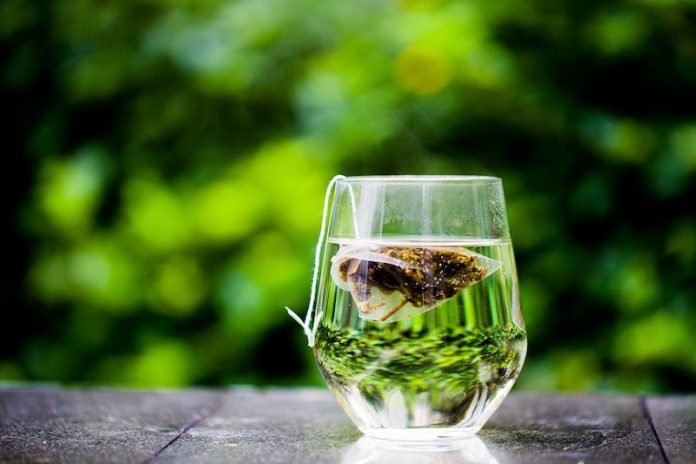
In a new study, researchers found plastic teabags shed micro- and nano-size plastic into people’s drink.
Because the possible health effects of ingesting the particles are unknown, the work suggests the need for further investigation.
The research was conducted by a team from McGill University.
Over time, plastic breaks down into tiny microplastics and even smaller nanoplastics, the latter of which are less than 100 nanometers (nm) in size.
For scale, a human hair has a diameter of about 75,000 nm.
Scientists have previously detected microplastics in the environment, tap and bottled waters, and some foods.
In the study, the team wondered whether recently introduced plastic teabags could be releasing micro- and nanoplastics into beverages during brewing.
To conduct their analysis, the researchers purchased four different commercial teas packaged in plastic teabags.
The researchers cut open the bags and removed the tea leaves so that they wouldn’t interfere with the analysis. Then, they heated the emptied teabags in water to simulate brewing tea.
Using electron microscopy, the team found that a single plastic teabag at brewing temperature released about 11.6 billion microplastic and 3.1 billion nanoplastic particles into the water.
These levels were thousands of times higher than those reported previously in other foods.
The team also explored the effects of the released particles on small aquatic organisms called Daphnia magna, or water fleas, which are model organisms often used in environmental studies.
The researchers treated water fleas with various doses of the micro- and nanoplastics released from the teabags.
Although the animals survived, they did show some anatomical and behavioral abnormalities. The team says more research is needed to determine if the plastics could have more subtle or chronic effects on humans.
One author of the study is Nathalie Tufenkji, professor of chemical engineering at McGill University.
The study is published in Environmental Science & Technology.
Copyright © 2019 Knowridge Science Report. All rights reserved.



